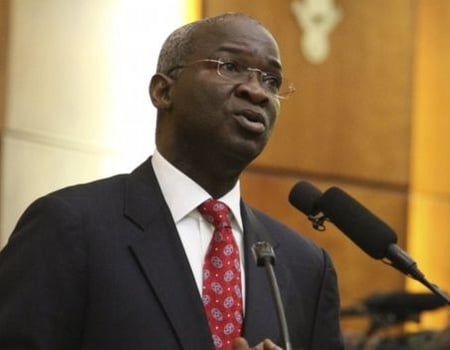
MORE than halfway into the four-year tenure of the current administration which promised to generate and distribute at least 20,000 megawatts (MW) of electricity by 2019, a total of 3,168MW was distributed to Nigerians on Saturday, July 1, 2017.
Daily Operational Report of the National Control Centre (NCC) for July 2, 2017 revealed that eight electricity generation plants are completely dysfunctional as at Saturday.
According to data from National Population Commission (NPC), Nigeria’s estimated population figures was 193 million as at the end of 2016.
The NCC report disclosed that Sapele 1, Afam IV-V, Sapele, Alaoji, AES, ASCO, Trans Amadi, Rivers IPP all generated zero power with some of them destroyed by fire outbreak, some others vandalised while the rest lacked gas supply.
While peak electricity demand forecast currently stands at 19,100MW, available capacity remains at 7,139.5MW although total installed capacity was put at 11,165.40MW with transmission capacity of 7,000MW.
A combination of factors including gas, grid and line constraint as well as constraint due to loss of disco feeder were responsible for loss of 2,958MW.
The report noted put loss of power due to gas constraint at 1,747MW, grid constraint: 1,212MW, line constraint: 88.5MW and frequency management constraint due to loss of disco feeder: 1,007MW.
Tribune Online checks also revealed that Egbin, which is the biggest power generating plant with 1,320MW capacity currently produces 157MW; Kainji with capacity for 800MW produces 237MW; Alaoji with installed capacity for 1,074MW is out of production; Afam IV-V with 726MW produces zero megawatts; Afam VI- combined cycle (gas & steam) of 624MW is out of production and Sapele Power Station with 1,020MW capacity also producing zero megawatts presently.
Limited transmission facilities, gas constraints and failure of distribution companies to provide metres to consumers are some of the major constraints hindering power generation, distribution, transmission and distribution.
Executive Director, Association of Nigerian Electricity Distributors, Sunday Olurotimi Oduntan, lamented that vandalism of facilities, which occurs more often is another serious problem leading to huge deficit in the power sector.
“No bank would lend you money unless your business is bankable. Let me restate for emphasis that this liquidity crisis is a major threat to the power sector.
“The revenue shortfalls adversely affect the ability of the DISCOs to make capital investments in metering, network expansion, equipment rehabilitation and replacement, which are critical for service delivery,” Oduntan said
All these exist despite the promise by Group Managing Director of Nigerian National Petroleum Corporation (NNPC), Dr Maikanti Baru who blamed perennial lack of adequate electricity on propensity of distribution companies to reject load allocation.
“As we speak today, there is enough gas to generate about 4,800MW and 6,000MW by Q2 2017 based on our gas supply plan, but the power sector is presently struggling to evacuate 4,500MW power due to DISCOs incessant rejection of allocated load and transmission line constraints,” he said.
Baru also gave gas pipeline vandalism as the most disruptive challenge to supply across the country.
“The Trans Forcados crude oil pipeline (TFP) has been the major victim of attacks, so also the ELPS gas pipeline has seen surprising increase in attacks.
“Crude oil theft related outage of crude oil pipelines is also a challenge in the East with recurrent breach of the Trans Niger Pipeline (TNP) almost on a weekly basis. The result of this is major disruption of gas supply in the East impacting on three power plants at Afam belonging to NNPC/SPDC JV, PHCN and RVSG,” he declared.



